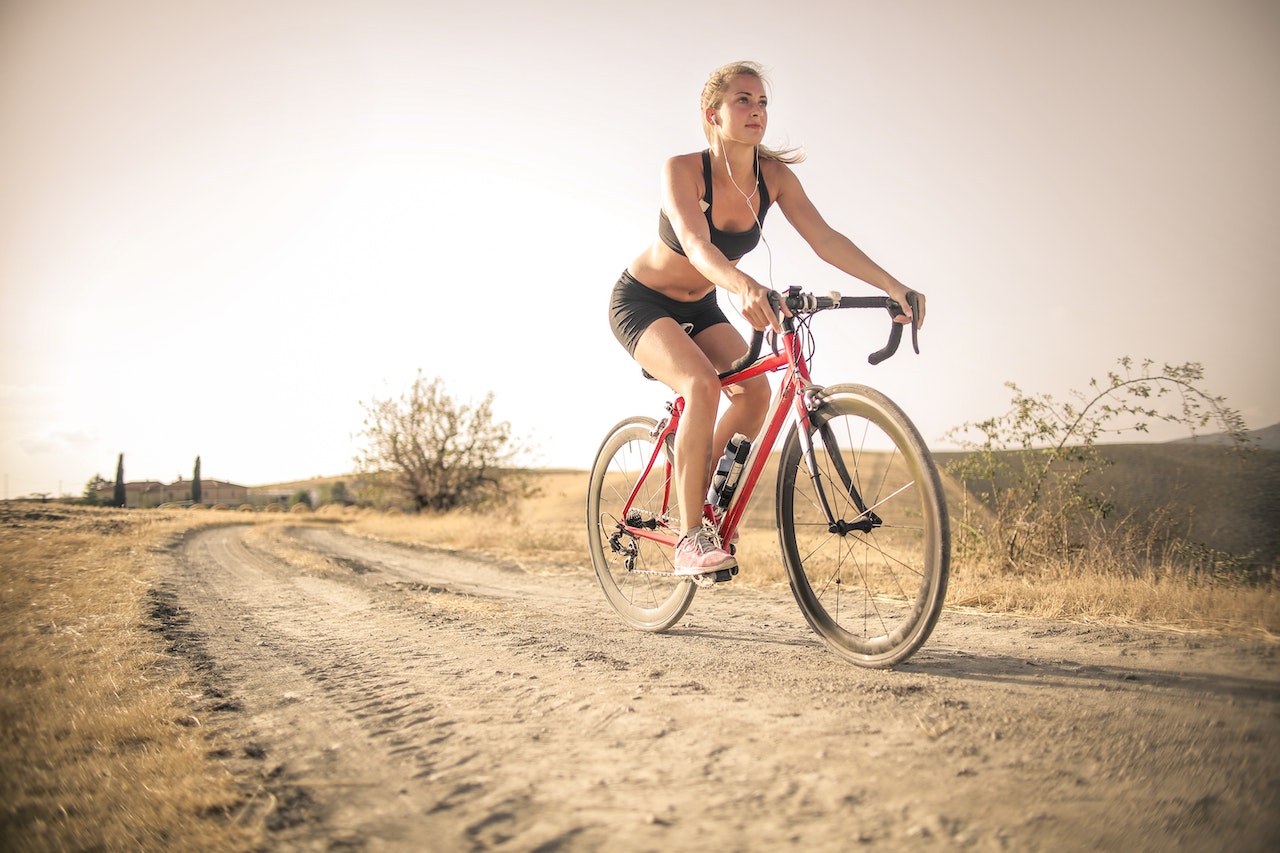Health & Fitness
Cycling while pregnant

As much as we love our bikes and would like to go on long rides every weekend without worrying about how we’ll make it home, there are many reasons that cycling while pregnant is just not an option. Cycling can cause a number of problems for your baby, including premature birth, low birth weight, and even death. And though these risks are very rare in most pregnancies, they do happen. It’s important to understand why biking isn’t safe for you and your baby before trying it out.
According to the National Highway Traffic Safety Administration (NHTSA), “the risk of an infant being injured or killed by bicycle on an urban roadway has been estimated at approximately 8 per 1 million births.” In other words, this is less than one-tenth of one percent of all babies born each year. But as any parent who has gone through the experience of having a newborn knows, even those small chances are enough to put you off something that you really want to do.
It’s also important to note that riding a bike while pregnant is a lot different from doing so when you aren’t expecting. There are certain things that are more likely to cause serious harm to your unborn child just because you’re pregnant, such as overexertion, lack of sleep, dehydration, smoking, alcohol use, and excessive caffeine consumption. These behaviors are especially dangerous during the first trimester, as your body undergoes major changes and growth spurts throughout pregnancy.
Why Press Releases Still Matter To Your Business
So now that you know what biking while pregnant won’t do for you and your baby, let’s look at some of the benefits of getting active while pregnant.
The health benefits of cycling
There are several reasons that cycling while pregnant is good for you and your baby. For starters, it provides a nice cardio workout without burning too many calories. You might think that since you’re carrying extra pounds, you need to eat more to maintain your weight, but the opposite is actually true when you’re working out. In fact, research shows that exercise may help you keep weight gain to a minimum.
In addition to helping you avoid obesity and maintaining a healthy weight, regular exercise is a proven method of helping reduce stress and anxiety, improve blood pressure and cholesterol levels, relieve depression, increase energy, and decrease the symptoms associated with menopause. Plus, when you’re pregnant, you’re already dealing with plenty of physical and mental stressors, so anything you can do to lower them is a plus.
Another reason that cycling is beneficial for pregnant moms is that it helps prevent complications like gestational diabetes and high blood pressure, which are both linked to increased risk of miscarriage and stillbirth.
If you have other medical conditions, however, you should consult your doctor before starting any new activity. Many doctors recommend that pregnant patients limit their activity to light activities like walking, swimming, yoga, and stretching.
Why you shouldn’t bike if you’re pregnant
Although it comes with its own set of benefits, cycling can have some pretty severe drawbacks for you and your baby. As mentioned earlier, the primary danger of biking while pregnant is that it can pose an extreme amount of physical strain on your body. You could end up experiencing a miscarriage, stillbirth, premature delivery, or other complications.
Additionally, biking can lead to pelvic floor dysfunction, which means that your pelvic muscles become weakened over time due to repetitive contractions. This can lead to incontinence and other bladder issues.
And while it seems like a harmless thing to do, biking can also affect the baby’s heart rate. When your baby’s heart rate decreases, this can cause bradycardia, which puts you at risk for hypoxia, fetal distress, premature labor, and even fetal death. So not only does cycling hurt you, it can also potentially hurt your baby.
Lastly, biking while pregnant can expose you to harmful chemicals found in roadways. According to the Environmental Working Group (EWG), these chemicals include heavy metals like mercury, lead, chromium, nickel, copper, arsenic, and selenium, as well as phthalates, polycyclic aromatic hydrocarbons, and organophosphate pesticides. Exposure to these chemicals can damage your baby’s developing nervous system and immune system, resulting in developmental delays and behavioral disorders.
When should I start exercising?
Many people think that they should wait until they’re six months along to start exercising regularly, but recent studies suggest that this is unnecessary. A study published in Obstetrics & Gynecology in 2013 showed that women who started exercising while they were still pregnant did not have any higher rates of miscarriage, premature birth, or low birth weight. The same study also revealed that women who exercised regularly prior to pregnancy had smaller babies than women who didn’t exercise regularly prior to becoming pregnant.
The American College of Sports Medicine recommends that pregnant women begin exercising no later than 16 weeks into the second trimester. However, if you’ve already experienced preterm labor, you should consult your doctor before beginning any exercise program. They can advise you based on your specific situation.
What exercises will be best for me when I’m pregnant?
There are lots of different types of exercises that you can do while pregnant — everything from gentle yoga and pilates to barre classes and spinning. If you’re looking for a little variety, try out a few different options to see what works best for you.
One of my favorite prenatal workouts is Pilates. It combines the power and strength training of yoga with the flexibility of ballet, so it’s a great way to work out without causing back pain. The Pilates mat is a great place to practice all of the poses. Just remember to always check with your doctor before attempting any exercise regimen, especially if you have a history of preeclampsia or gestational hypertension.
You can also do barre classes. These classes focus primarily on strengthening and toning your core muscles. Barre classes are a great choice if you want to tone up quickly while staying injury free.
Final words
Finally, you can opt for a class that focuses on spinning. Spinning can help strengthen your legs, build muscle, and decrease your risk of osteoporosis, joint disease, and even heart disease later in life.
If you’re interested in learning more about the ins and outs of biking, take a look at the links below. We’ll update this page periodically with information related to biking during pregnancy.
-

 Press Release7 days ago
Press Release7 days agoCV5 Capital Announces Standout Performance of Cryptanium Fund I SP, Beating Industry Benchmarks
-

 Business4 days ago
Business4 days agoS&P 500 Soars in Best May in Decades Amid Tariff Relief and Nvidia’s Surge
-

 Government7 days ago
Government7 days agoExperts Warn of U.S. Slide Towards Authoritarianism Under Trump Administration
-

 Healthcare5 days ago
Healthcare5 days agoAttention Economy Arms Race: Reclaim Your Focus in a World Designed to Distract You
-

 Immigration4 days ago
Immigration4 days agoTrump’s Immigration Crackdown: Legal Battles and Policy Shifts
-

 Business4 days ago
Business4 days agoUS Stock Market Soars in May Amidst Tariff Tensions and Inflation Worries
-

 Government4 days ago
Government4 days agoTrump Administration’s Government Reshaping Efforts Face Criticism and Legal Battles
-

 Business4 days ago
Business4 days agoTrump’s Tariffs: A Global Economic Reckoning










